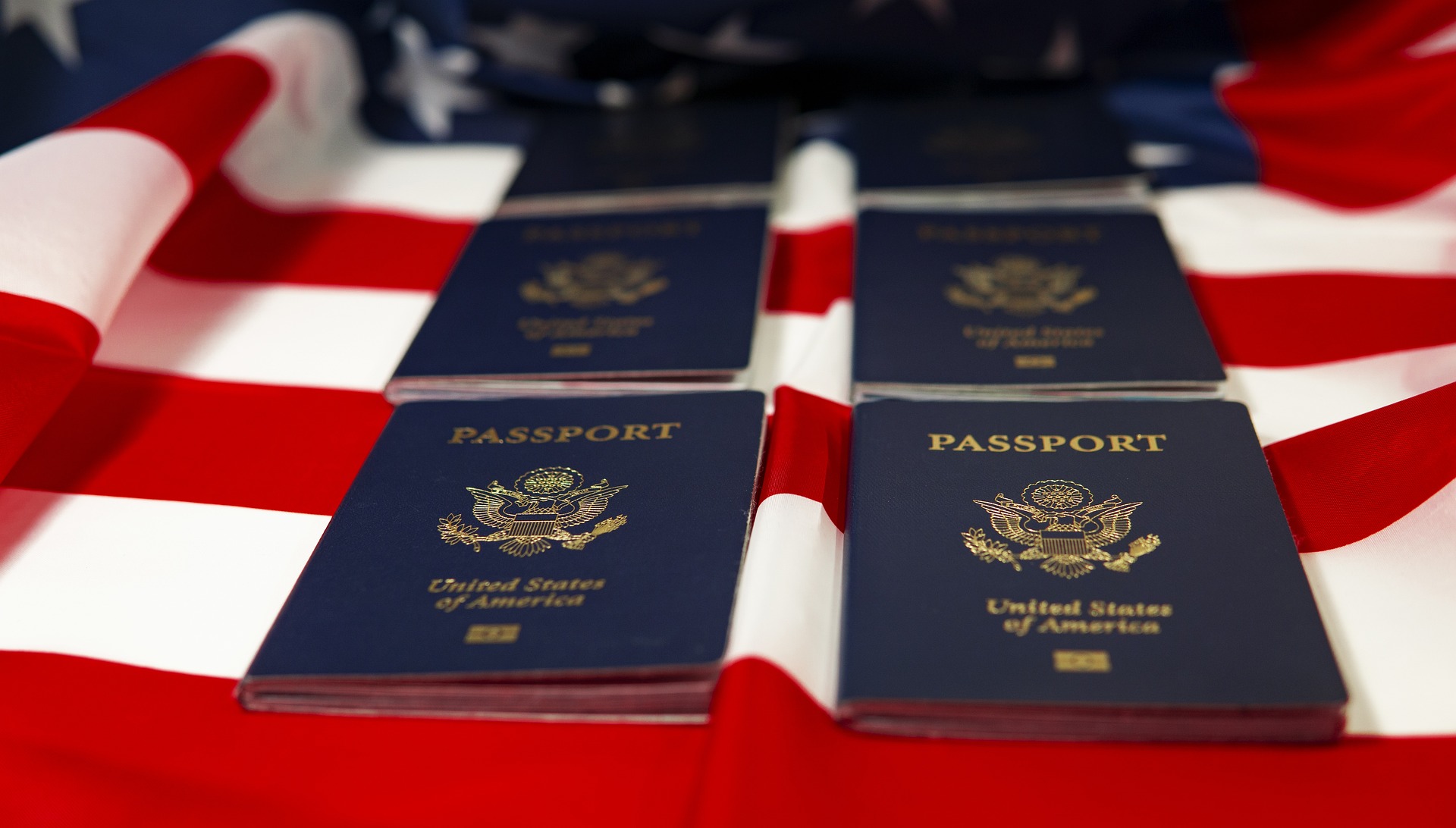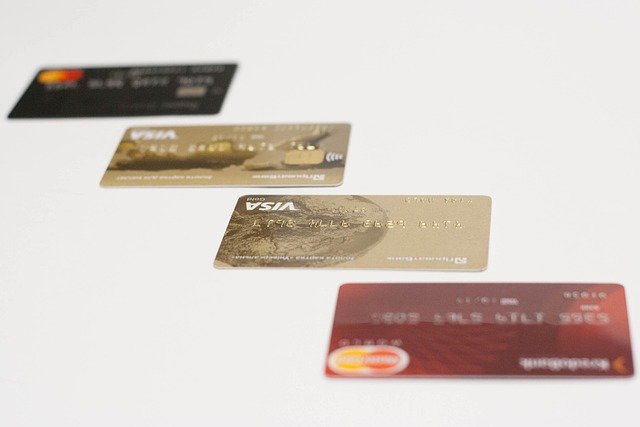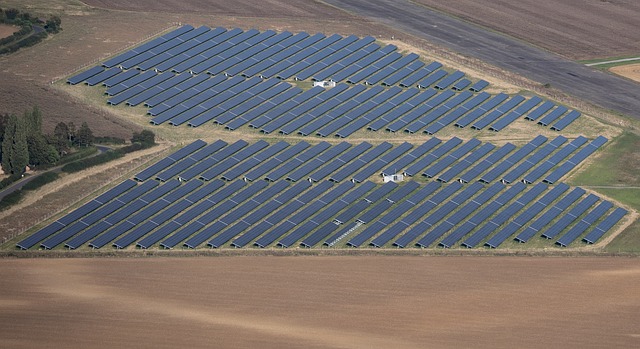The Intricacies of the U.S. Executive Order: A Deep Dive
The U.S. executive order is a powerful tool wielded by the President, capable of monumental changes to the nation's political landscape. But what exactly are they, and what repercussions do they hold for the broader society? This article delves into the historical context, legal implications, and societal impacts of executive orders.

Historical Context of Executive Orders
Executive orders have been an integral part of American governance since George Washington’s presidency. They are directives issued by the President of the United States that manage operations of the federal government. The legal authority for executive orders comes from the Constitution, which vests “executive power” in the President.
The first executive order was issued by George Washington in 1789, and every subsequent president has issued them. Notable historical executive orders include President Lincoln’s Emancipation Proclamation and President Roosevelt’s order authorizing internment camps during World War II.
Legal Basis and Boundaries of Executive Orders
The Constitution does not explicitly give the President the power to issue executive orders. Instead, this authority is inferred from the “vesting clause” of the Constitution, which states that “the executive power shall be vested in a President of the United States of America.”
While executive orders have the force of law, they are not unlimited in power. They must derive their authority from the Constitution or statute, they cannot contravene existing law, and they are subject to judicial review. The Supreme Court has overturned executive orders when they were found to be beyond the President’s constitutional authority.
The Impact of Recent Executive Orders
Executive orders have played a significant role in shaping policy in recent years. For instance, President Obama’s Deferred Action for Childhood Arrivals (DACA) was established through an executive order. This policy has had far-reaching implications for immigration law and policy, and for the lives of hundreds of thousands of people in the United States.
President Trump, too, used executive orders to significant effect, such as his controversial travel ban affecting seven predominantly Muslim countries. This order was met with widespread protest and legal challenges before being upheld by the Supreme Court.
Implications for Society and Democracy
Executive orders can have profound and wide-reaching impacts on society. They can shape policy across a range of issues, from immigration to environmental regulation, and from healthcare to national security. As such, they are a critical tool for the President to effect change rapidly.
However, this power is not without controversy. Some argue that the use of executive orders can bypass the democratic process, leading to rule by decree rather than by consensus. This raises important questions about the balance of powers in the U.S. government and the role of executive orders in a democratic society.
Final Thoughts
Executive orders are a powerful, complex, and sometimes controversial tool in the American political system. They offer a means for the President to enact policy swiftly, but they also raise important questions about democratic governance and the balance of power. As citizens, understanding the implications of these orders is key to engaging with our democracy.




